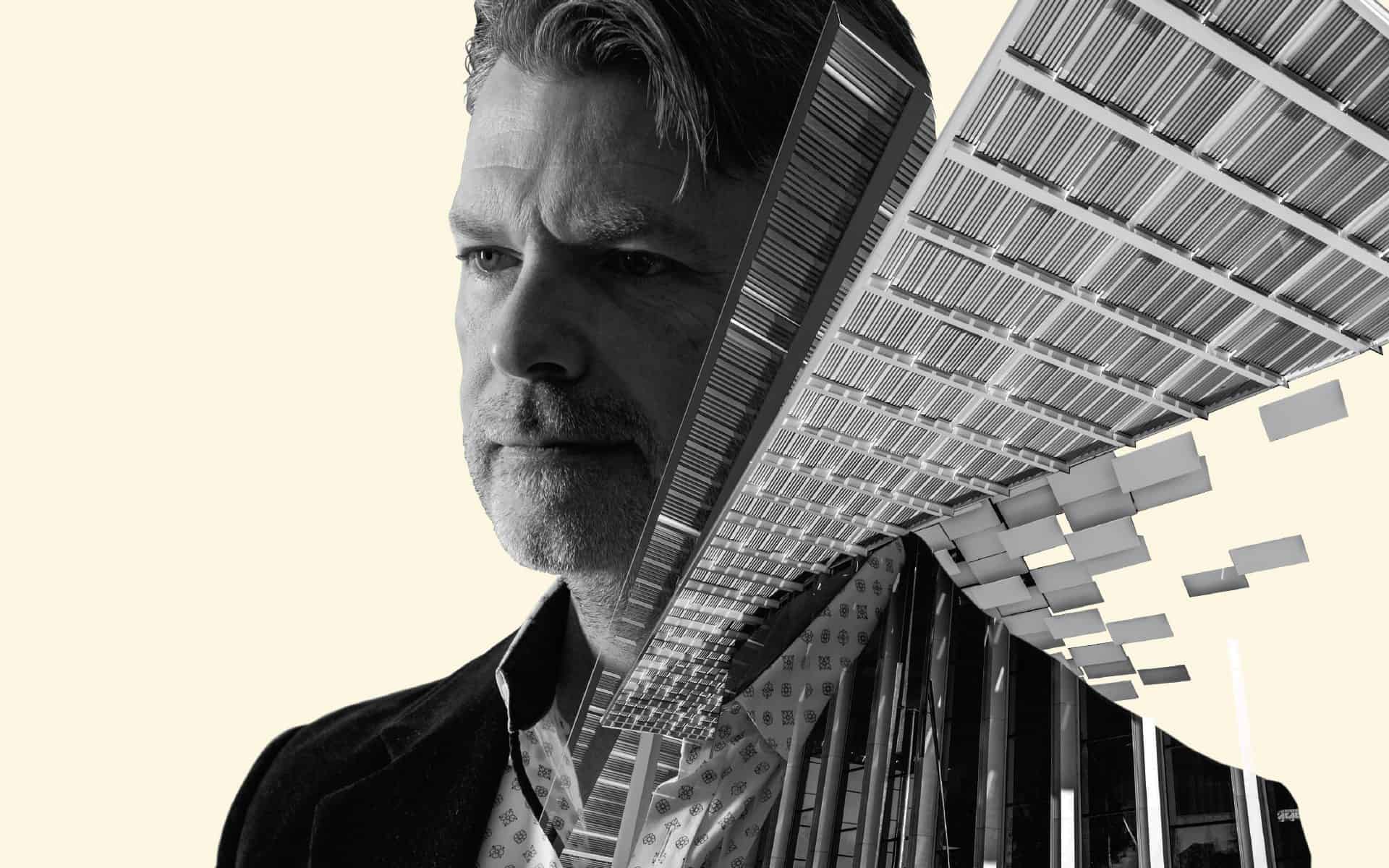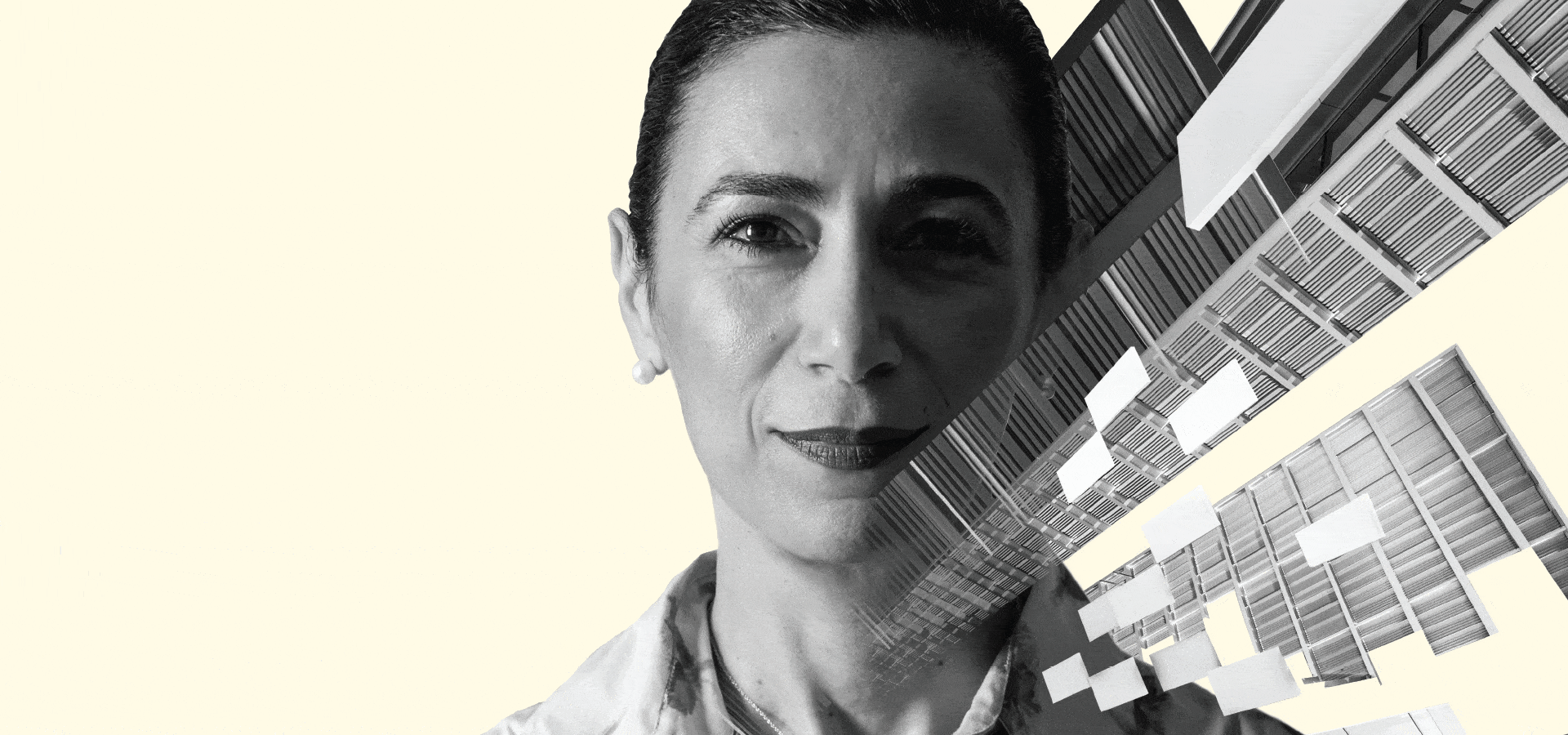A New Dawn
Exploring the future of the Valley Performing Arts Center after a transformative donation by the Nazarian family
-
CategoryPeople
-
Photographed byShane O’Donnell
-
Rendered byChristine Georgiades
The Nazarian family, who lives on the Westside, is well known for their philanthropic contributions to performance institutions across Southern California, including the Los Angeles Philharmonic and the Skirball Cultural Center. Patriarch Younes is head of Nazarian Enterprises, which invests in alternative energy, logistics technology, aerospace and real estate.
Just about everyone was shocked when the Y & S Nazarian Family Foundation announced they were donating $17 million to the Valley Performing Arts Center on the campus of Cal State University Northridge this past summer. It is the largest single arts gift to the state university system, and it signifies a major transformation, which includes renaming the center to “The Soraya,” after the family matriarch.
Editor in chief Linda Grasso sits down with the foundation’s executive director, Sharon Nazarian, and the center’s executive director, Thor Steingraber, to talk about what the donation means to the seven-year-old institution’s future.
 What is the mission of the Nazarian Foundation?
What is the mission of the Nazarian Foundation?
SN: Our mission is to support educational causes as well as arts and culture in both the US and Israel. Also, to support public policy in Israel which we do primarily through the Rand Corporation and a few other think tanks. This gift to Northridge hits two of those buckets at the same time—it’s a performing arts venue and an educational institution.
The donation was inspired, in part, by your father’s experience emigrating here from Iran.
SN: My father’s story actually has two immigration experiences. At 16 or 17 he emigrated from Iran to Israel, when Israel was established. Our deep-seated love and connection to Israel comes from that experience. Then in 1978, with the revolution underway, we left again and came to LA via Israel. Both those experiences were transformational for my father in terms of his identity. We had to leave our home and his factory. Everything was taken over by the government. Immigrants have that understanding of the fragility of life. You can lose everything overnight, and then you have to start over. My father has robust thinking about starting over. It does not faze him. He understands he has the ability to do it.
What specifically prompted the VPAC donation?
SN: With the family foundation, we try to be thoughtful in our giving. Northridge spoke to us in so many ways, starting with the performing arts center—this jewel in the middle of the Valley. My brother David also graduated from CSUN and his [philanthropic] efforts have been fundamental to the development of the university’s business and economics school. But it was a lot about the makeup of the student body. The Cal state system is the middle-class engine of the state. It is what makes California work every day. It is what makes California great. Without this facility, the Valley does not have a performing arts center and the Valley, with its ethnically diverse communities, deserves the best of the best. The message we are sending is: we see you; we acknowledge you; you are the fabric of the state and you are our future.
I love the way your family embraces its heritage. So many immigrants shy away from it—particularly in light of the political climate right now.
SN: For many in earlier generations—Jews who survived the Holocaust or left Europe because of the war—there was some shame because of where they came from. For my parents and me, we feel that the fabric of American society is the immigrants. This country was built by immigrants. While I can’t say this gift was directly impacted by the political climate of the country, that thought is there in the back of our minds. The political questioning of the contribution of immigrants to America has really disturbed me. This country has been built on the backs of immigrants. This gift was a nod to that.
Thor, what was your first reaction to the gift?
TS: The first time Sharon and I met, we shared coffee here on the stage. Sharon and her family were definitely checking me out. They wanted to make certain that our visions aligned and that I would run the place—in the long term—in a way that reflected their values. She said a few things that excited me because they were the same kinds of things I was thinking in terms of the mission being that the center is an arts leader. It seemed the perfect alignment between support and organizational vision and management. It was an incredible moment.
What does the gift mean to the center?
TS: So many arts organizations live in a state of insecurity about their long-term future. When there is a downturn in the economy, many arts centers fold. To have an endowment that ensures the long-term future of the facility and the organization is great. It does not exist without it. Plus, the gift has brought and continues to bring intention and validity to our work. There are so many worthy arts organizations. It is hard to put a stake in the ground in terms of philanthropy. This gift says what we are doing is important and hopefully it will attract more giving.
We’ve discussed the importance of getting Westsiders to come over the hill for performances. Will this provide incentive?
SN: We definitely, as a family, thought about that. We really considered that many of our friends might never come here. We hope to encourage them, and we hope they will see the value of coming here. But we gave a gift to this community. Now, how can we ensure that our vision will be expanded? What is most important is the programming. It will make people want to come here, and that is what Thor will build upon. We fly across the country to see Hamilton in Manhattan. We know people will do that. Thor has the vision, the credibility and experience. This institution is in great hands.
TS: At every single performance, someone comes up to me in the lobby and says, ‘This is my first time here. I drove here from Brentwood and I got here faster than I get to downtown and the parking is so much easier.’ Sometimes they even say the ticket was cheaper. So, it is happening.

Getting big name acts is another goal. Again, will this money help accomplish that?
TS: The reality is that LA is the second largest entertainment market in the country and home to the two largest entertainment companies in the world—AEG and Live Nation. They literally control artists and venues on every corner of the city. The competition is for artists—even, for say, a comedian. That comedian may have an exclusive contract to appear on Sunset Strip and I’m just 15 miles from the Strip and I can’t book them. We work with 200 agents to book 50 artists—ranging from the most elite classical artists to up-and-coming popular musicians. We have to make the case every day that those artists should come here as opposed to the Westside.
What’s your dream act or performer?
SN: Mine is kind of unorthodox. There’s an Iranian composer who came to my office and spoke about wanting to be commissioned to write an opera based on the Iranian revolution—a love story. I love opera and taking this very important event in our lives that has never been in opera form tantalizes me. I’d love to see that on stage.
TS: My favorite projects are what I call crossover projects, where an artist explores a new genre or say a heavy metal artist does an orchestral concert, like when Serge Tankian did that for two nights here. Stewart Copeland was another artist who did a crossover performance. I’d love to have John Legend do one. He’d be an incredible opportunity to merge audiences. There is nothing more exciting to me than seeing a student in shorts and sandals here, alongside a patron who is totally dressed up for the evening. That is what this performance center does that no other does around the world.
Join the Valley Community









